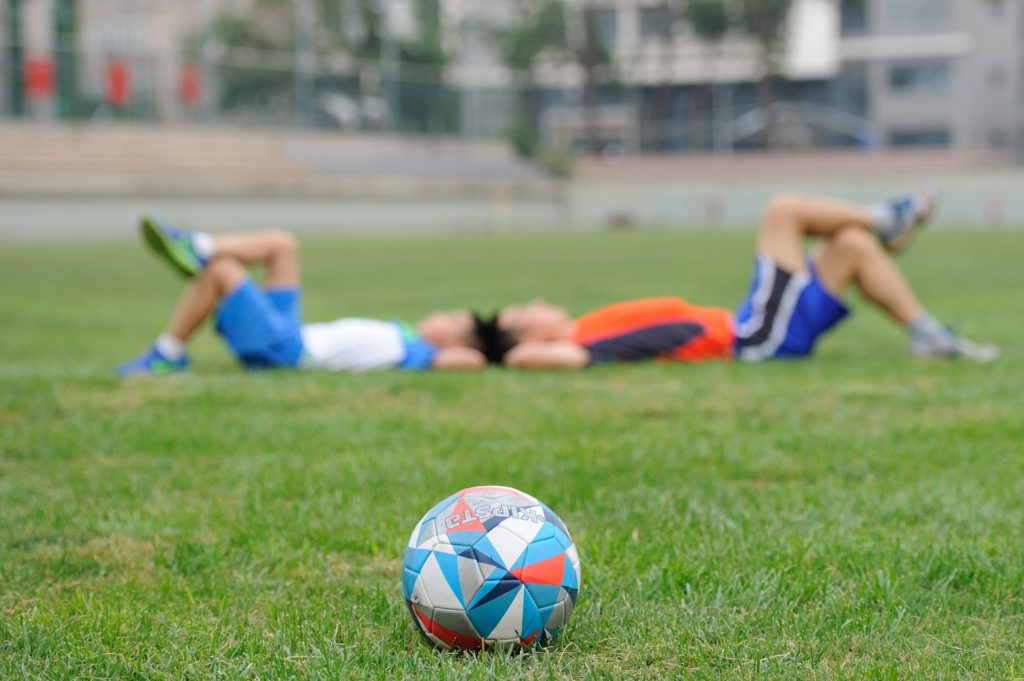Author: Junjing Fan and Alison Fung
“Sit up straight! Watch your posture!” – it’s likely that every parent has said this at least once to their child, and for good reason, too. If your child learns how to maintain good posture at an early age, their spine and muscles will be able to develop correctly and they’ll be able to avoid long-term problems, such as back pain, in adulthood.

1. Get active
It’s widely known that sedentary behavior is bad for the back and several other health outcomes. Studies have linked sitting down with being overweight and obese, type 2 diabetes, some forms of cancer and increased risk of an early death. Limit sedentary activities like watching TV or using the computer for no more than 30 minutes at a time and encourage participation in more physical activities.
- Establish tech-free zones
- Set a “no screen time” period every day
- Encourage your children to be more active by getting them a push scooter, ball or bicycle, etc., or by taking them to a park or a nearby playground.
(Be sure to also check out our article on children and screen time.)
2. Exercise
Physical activity helps develop the muscles and increase bone density. Core muscles (i.e. the abdominal and back muscles) help to stabilize and support the body and are the most important for good posture. Enroll your child in dance, gymnastics, yoga, or swimming classes to help them exercise their core, develop their motor skills, and increase body awareness.

3. Lighten the weight
A 2010 study from the University of California concluded that “[b]ackpack loads are responsible for a significant amount of back pain in children, which in part, may be due to changes in lumbar disc height or curvature.” Make sure you choose the right backpack for your child. The American Occupational Therapy Association (AOTA), gives a number of tips in this helpful handout, including:
- A child’s backpack should be no more than 10% their body weight.
- Place the heaviest items closest to the child’s back.
- Distribute the weight evenly by wearing both straps.
4. Wear sneakers
Your child’s choice of footwear can also have postural implications. Wearing a good pair of sneakers can help with posture. If necessary, you may want to find the right insoles for your child, which help to correct foot alignment.
5. Stretch out
ELG occupational therapist Junjing Fan suggests taking microbreaks and stretching. Posture reversal can reduce fatigue, strain and pain in muscles, ligaments and joints. Instruct your child to lie on their front to stretch out their back, or get them to raise their hands to the ceiling, which will naturally straighten up their posture. Stretch Breaks is a free download for computers, which sends pop-ups to remind your children to take a break from their digital devices by stretching out or making changes to their workstations.
6. Be a posture role model
Posture is, in part, a learned behavior. Your child may subconsciously mimick your good (or bad!) posture.
Get your children to start practicing good posture early and they’ll build a solid, healthy foundation for their developing spine and body muscles.
For more information about children’s posture and ergonomics, you can contact ELG to arrange a consultation with our occupational therapists.
Read Junjing Fan’s article on how to create the perfect ergonomic homework station for your child.
